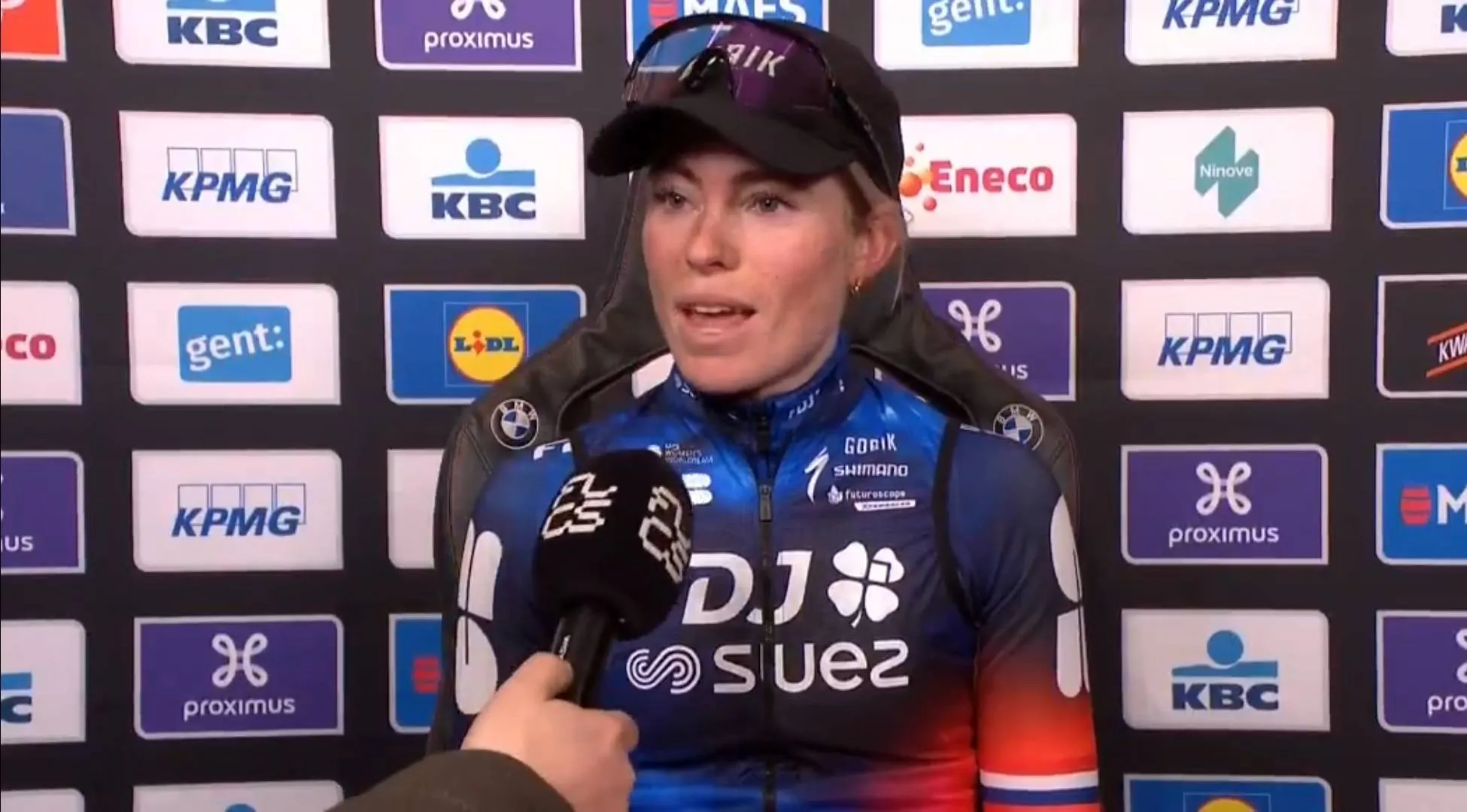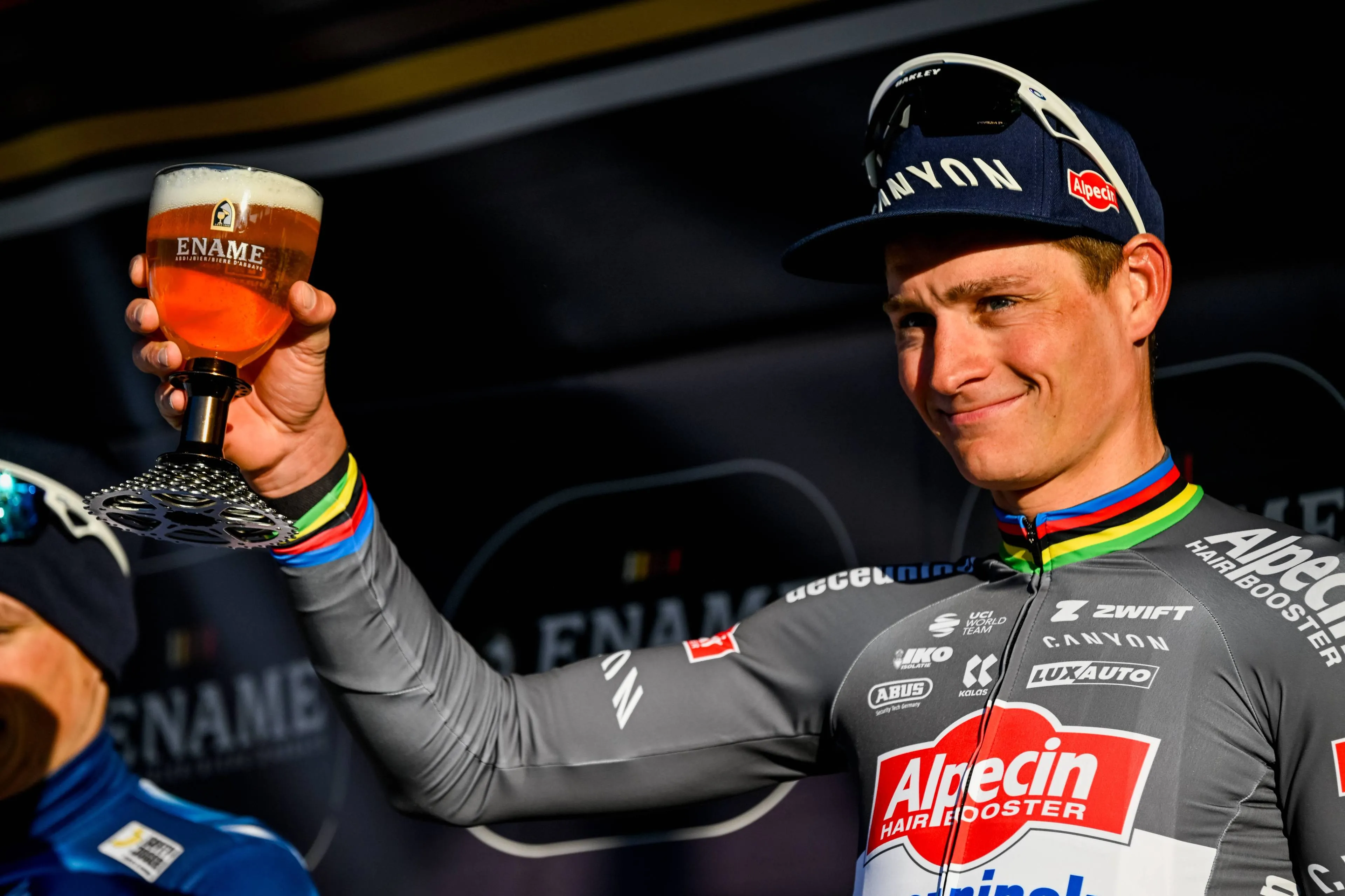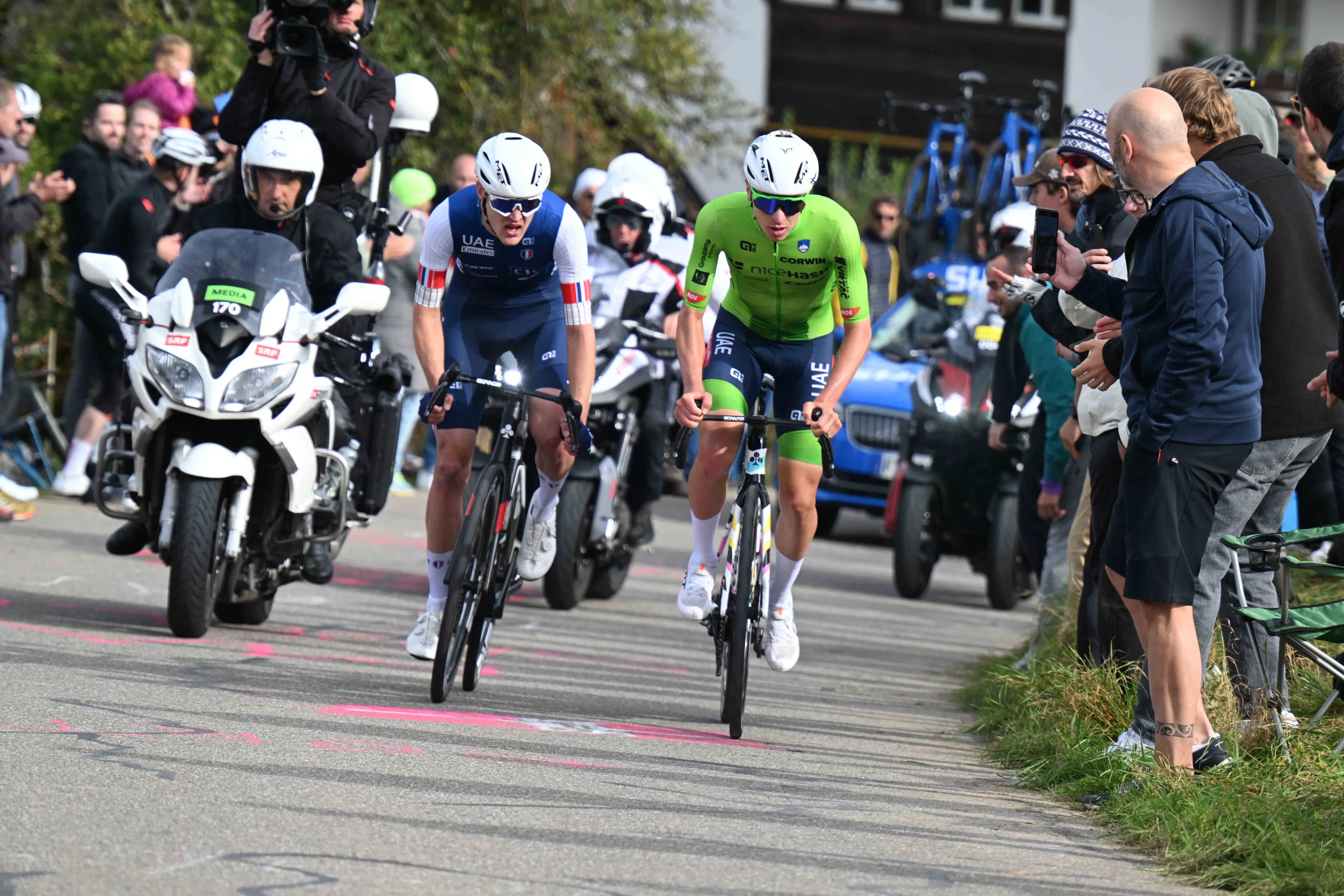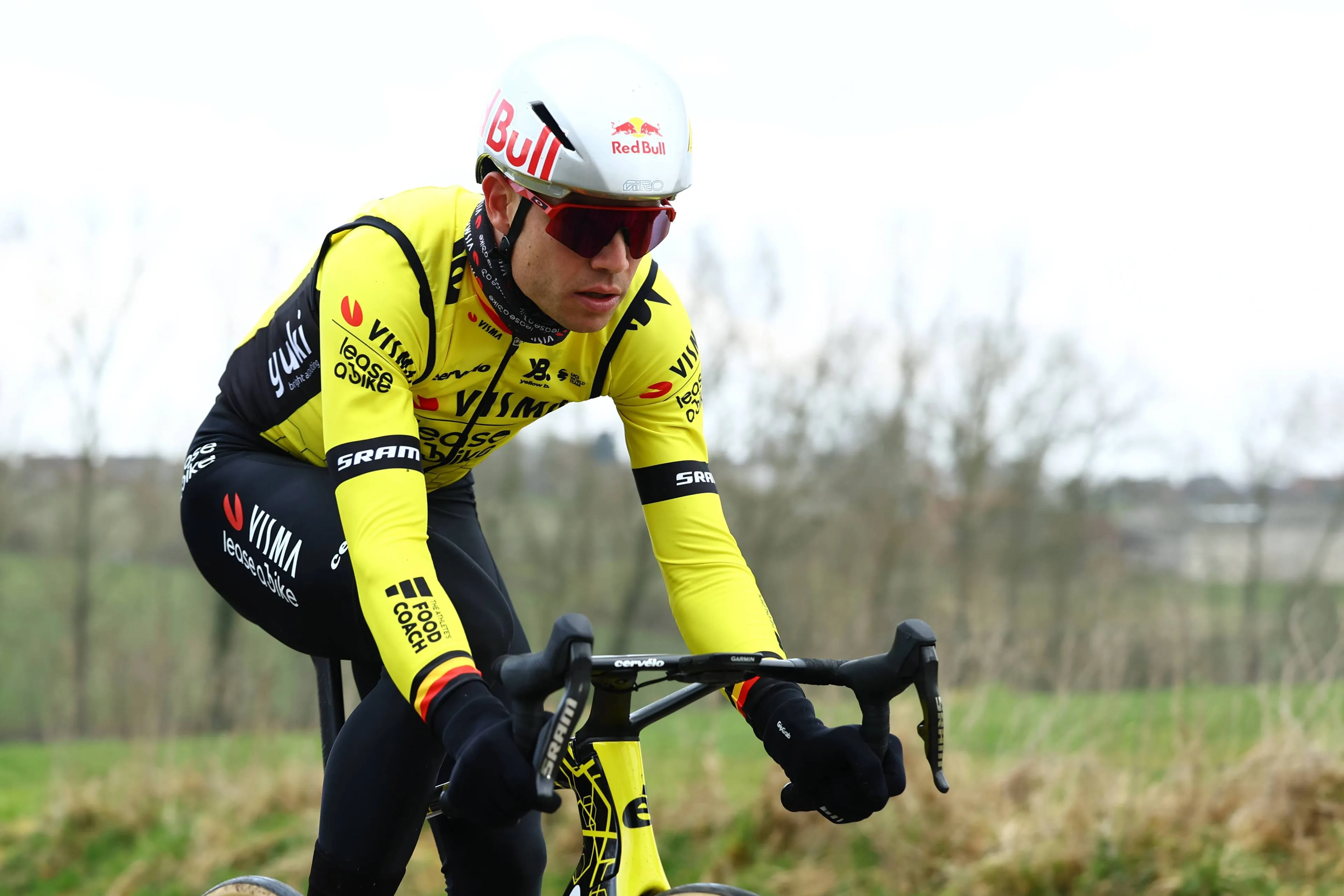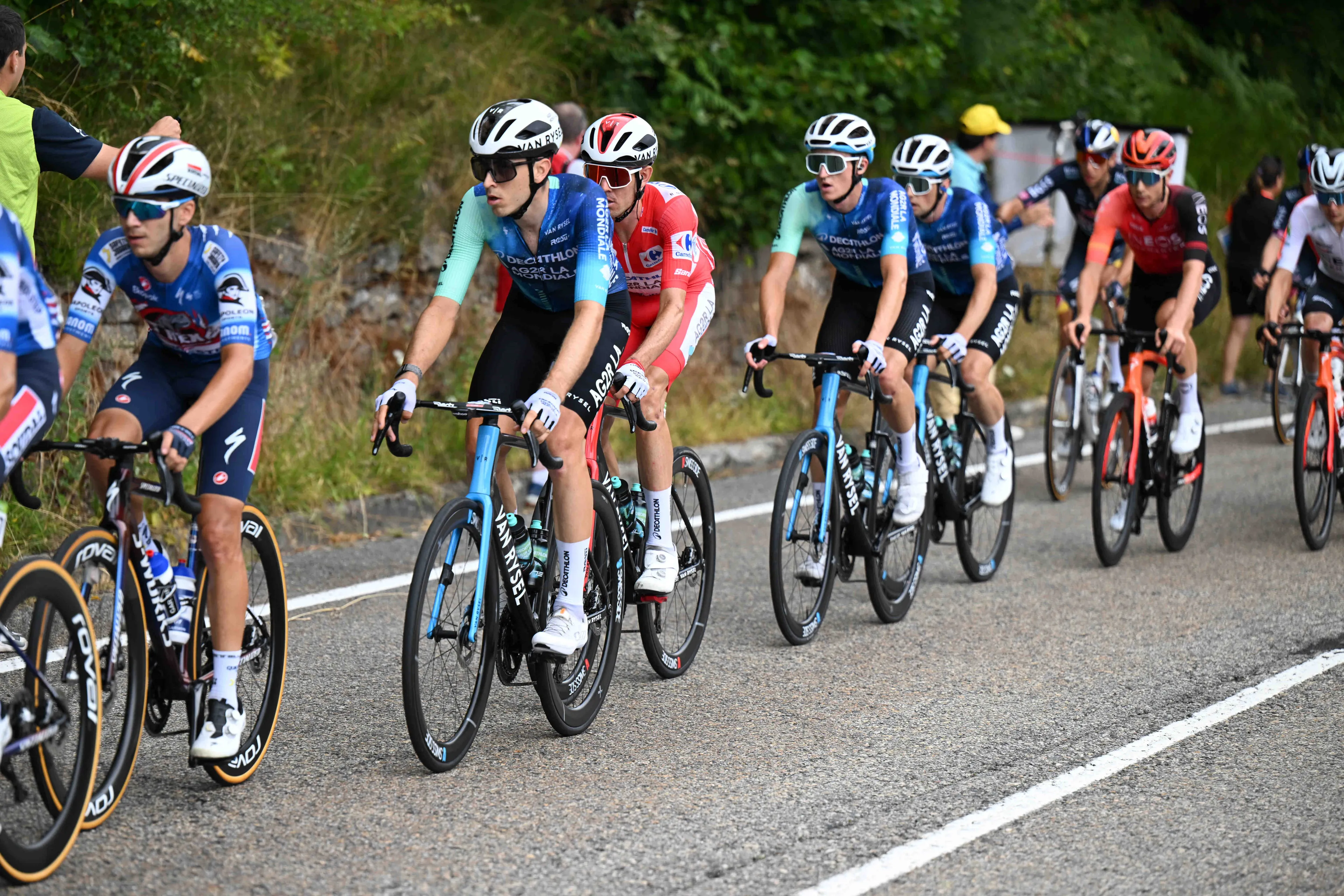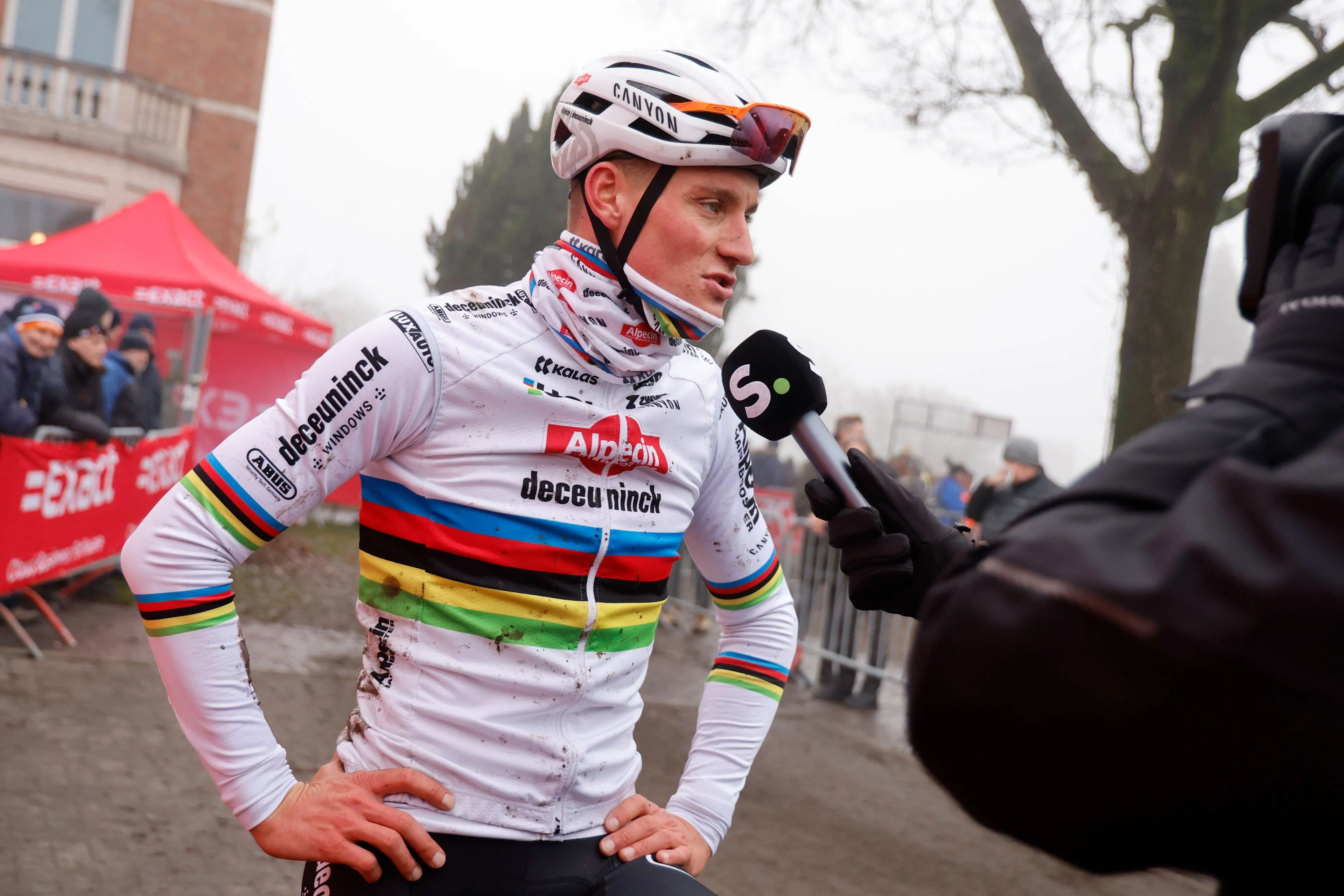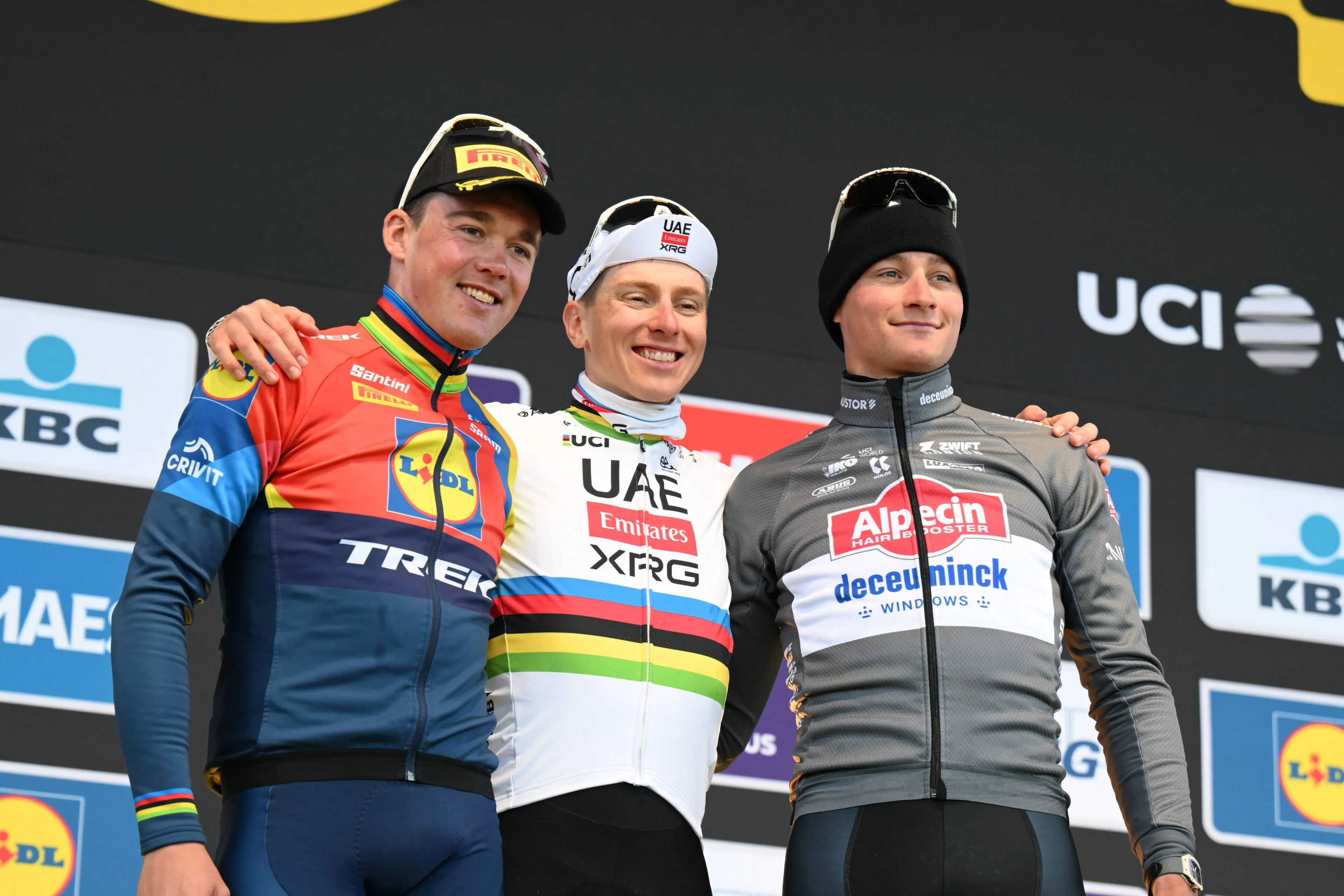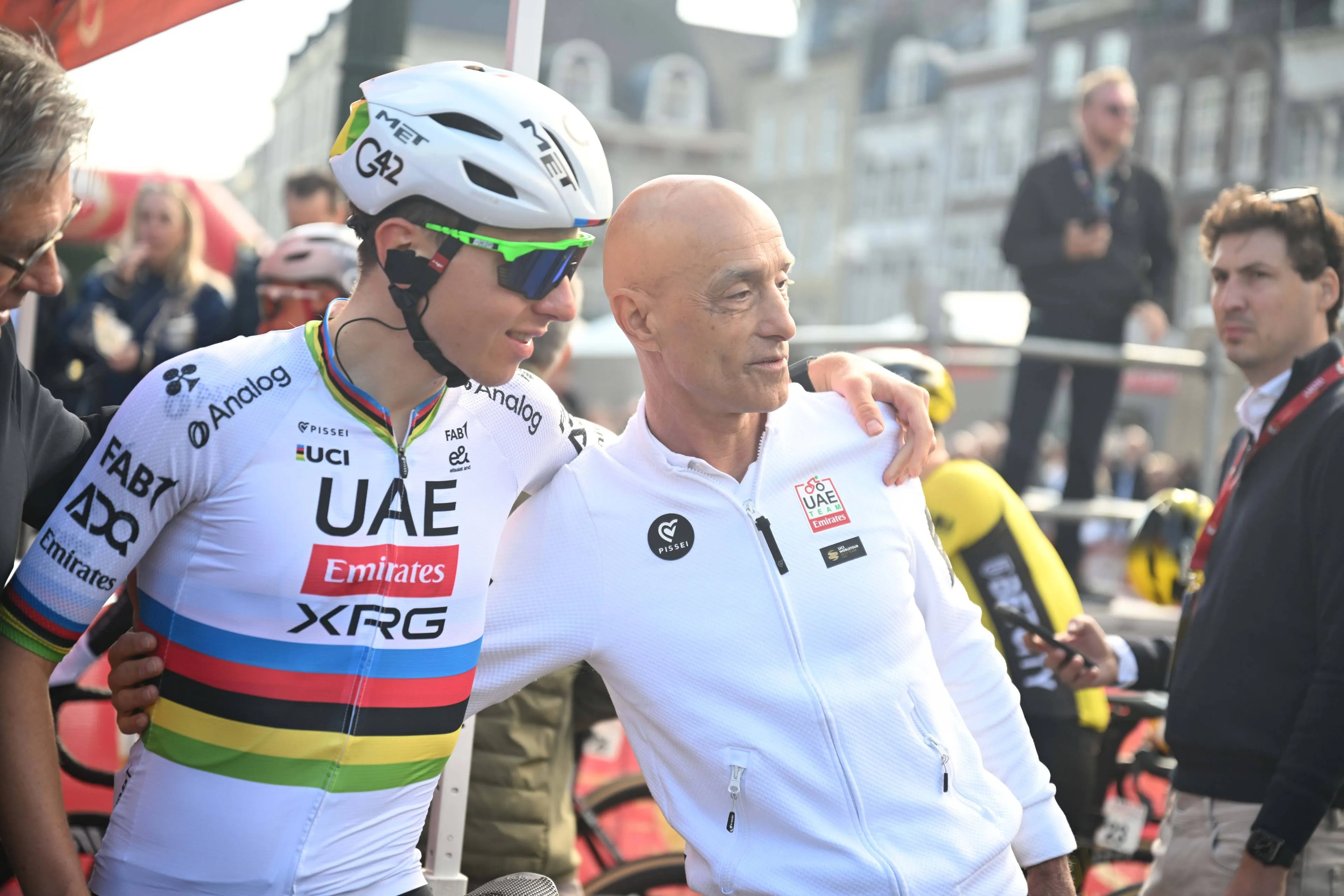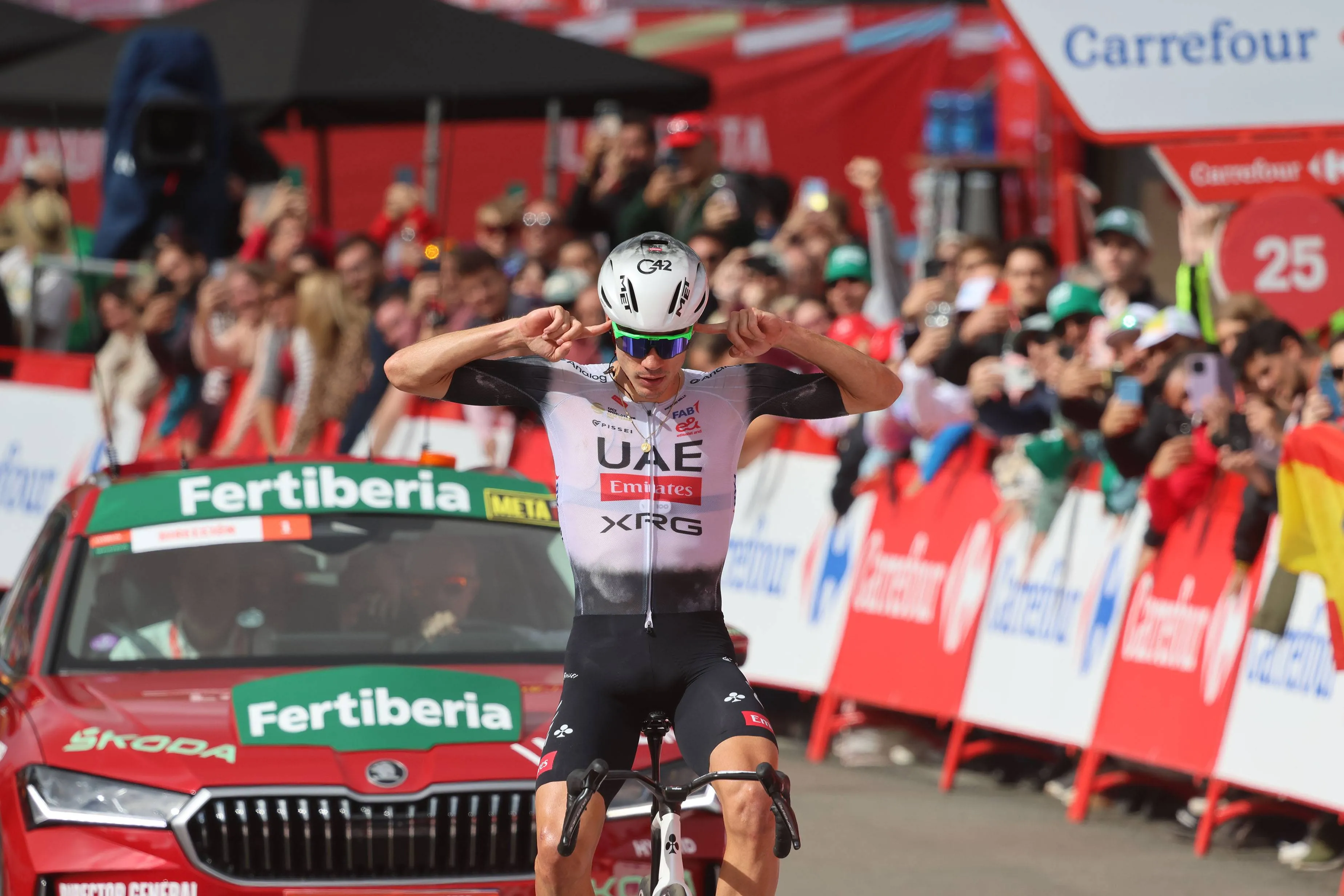OPINION: Is it too soon to call Strade Bianche the sixth monument?
CyclingWednesday, 05 March 2025 at 14:00
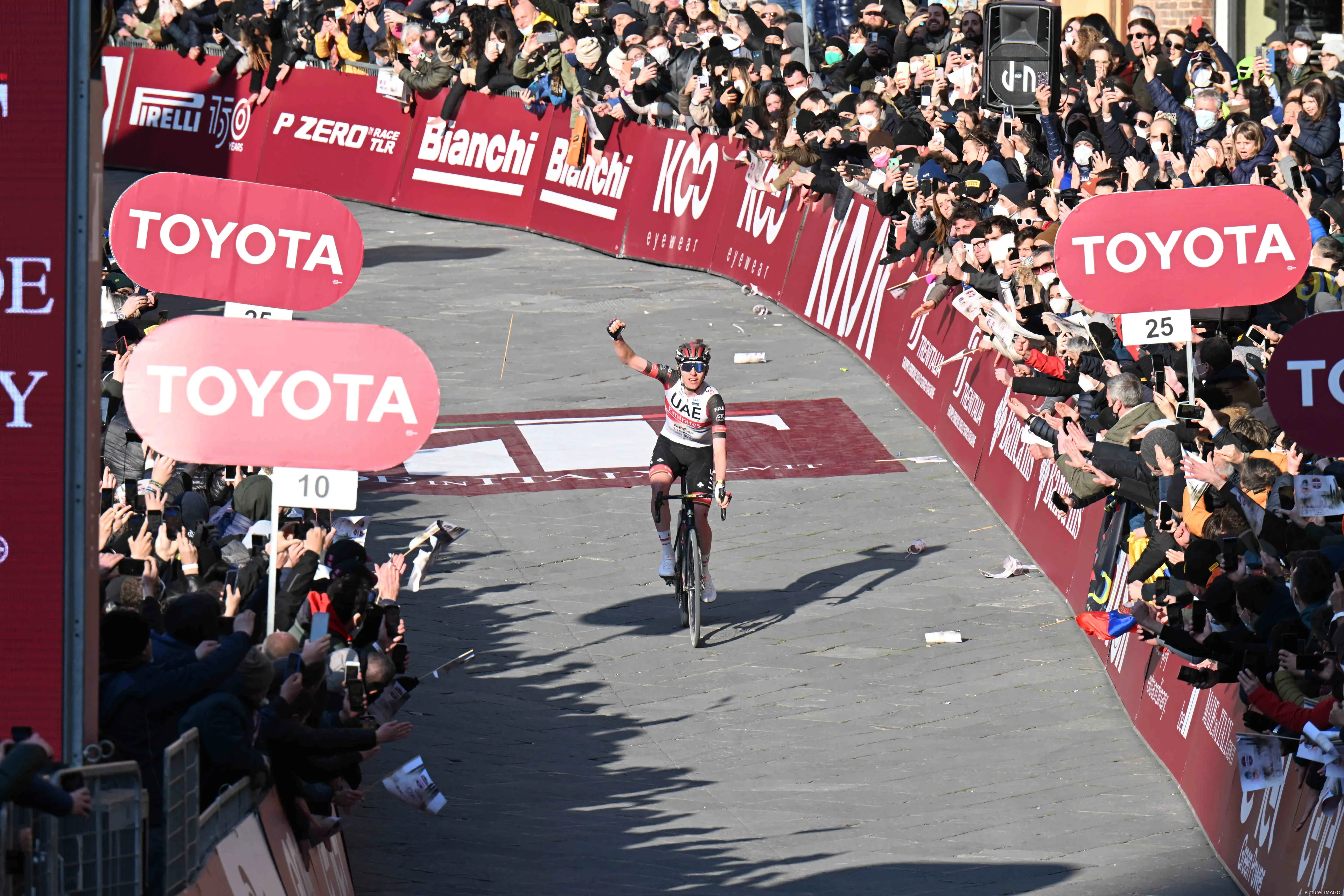
Strade Bianche may be a relatively new race on the cycling
calendar, but it has quickly forged a reputation as one of the most exciting
and prestigious one day events, and is already a favourite of fans and riders.
Held on the "Strade Bianche" or white gravel roads
of Tuscany, this race blends modern professional cycling with the sport’s
nostalgic past. In just a short time since its 2007 inception, Strade Bianche
has captivated fans and riders alike with its unique character, dramatic races,
and rapid ascent in status.
Below, we are going to take a dive into the history and
evolution of this race, the cultural significance of its gravel roads,
legendary editions and winners, and its place in the classics season.
Read also
History and evolution
Strade Bianche’s story begins with a love of cycling
history. In 1997, a recreational granfondo event called L’Eroica (“the heroic”)
was founded around Siena for vintage bikes, aiming to recreate the “heroic era”
of early 20th-century cycling when races were run on dirt roads. And, the
success of L’Eroica inspired organizers to create a professional race on these
same white roads.
In October 2007, the first edition of the pro race – then
called Monte Paschi Eroica (after the Siena-based bank Monte dei Paschi) – was
held from Gaiole in Chianti to Siena. Russian rider Alexandr Kolobnev took that
inaugural victory on October 9, 2007, just days after that year’s World
Championships. Even in this debut, the race’s character was clear: it featured
multiple unpaved sectors and finished in the historic heart of Siena.
Read also
After the success of the debut, organisers wasted no time
moving the race to a more prominent slot and by 2008 it shifted to early March,
aligning with the spring classics season. That year, Swiss star Fabian
Cancellara won the second edition, signalling that top classics specialists
were already taking notice.
In 2009, the name changed to Strade Bianche – Eroica
Toscana, and by 2010, it was simplified to just Strade Bianche, firmly
establishing its branding that we are familiar with in 2025. The route was
extended and additional gravel sectors added, with about 57 km of the course on
dirt by 2010, and these tweaks only increased the race’s challenge and appeal.
Throughout the 2010s, Strade Bianche grew exponentially in
prestige, with each year more and more fans flocking to the region.
Read also
The start location moved to San Gimignano in 2014 and then
back to Siena (hosting both start and finish) by 2016 as the event’s profile
increased. In 2015, a women’s Strade Bianche was introduced (on the same roads,
shorter distance), and the men’s race was upgraded to 1.HC status on the Europe
Tour. By 2017, Strade Bianche had earned a spot on the elite UCI WorldTour
calendar. In just a decade, it went from upstart to top-tier race, an almost
unheard-of trajectory.
As commentator Matt De Neef noted, by its 12th year, “many
have been speaking of the Tuscan one-day race with the sort of reverence
normally reserved for the likes of Milano-Sanremo and Paris–Roubaix.” The race
had effectively become an “instant classic,” and some whisper and call it the
sixth monument.
Despite (or perhaps due to) its youth, Strade Bianche
attracted an international roll of honour from the start, with big names like
Cancellara, Philippe Gilbert, and Michał Kwiatkowski headlined the winners of
the first ten editions.
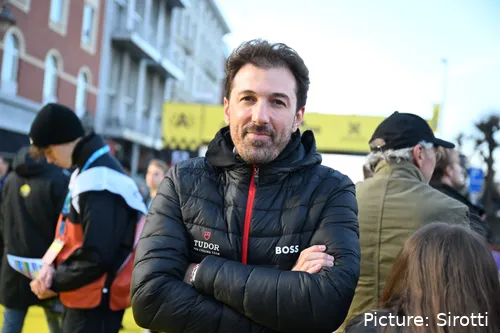
Fabian Cancellara is a former Strade Bianche winner
In 2013, Moreno Moser delivered the first Italian victory,
delighting home fans. By 2016, Cancellara – nicknamed “Spartacus” – claimed his
third win, becoming the first triple champion and even earning a gravel sector
named in his honour for his exploits. The rapid rise of Strade Bianche from a
spin-off Granfondo to a race every classics specialist wants on their palmarès
is a testament to its unique allure and the vision of its organizers.
The white roads
The white gravel roads of Tuscany provide the race’s unique
character, winding through the rolling hills and vineyards of the Chianti and
Crete Senesi regions. These strade bianche (Italian for “white roads”) are
typically farm lanes of packed chalky gravel that give the countryside a
distinctive pale hue.
Racing on them brings a sense of nostalgia – a throwback to
bygone days of cycling. Italian sprinter Daniele Bennati described his first
experience on these roads as “a sensation of turning back in time” on remote
paths where you rarely see anything but a tractor.
Read also
Finishing the race in Siena’s medieval Piazza del Campo, a
UNESCO World Heritage site, further adds to the old-world atmosphere. It’s the
same plaza famous for the centuries-old Palio horse race, and Strade Bianche’s
finish there links this modern bike race to the deep cultural heritage of the
region.
Beyond aesthetics, the gravel roads dramatically influence
race tactics. Roughly one-third of the course (around 60–65 km of a 180 km
route) is on unpaved sectors. These sectors range from flat, dusty straights to
twisty, hilly tracks that include steep climbs and tricky descents. Such
terrain demands exceptional bike-handling skills, puncture luck, and clever
positioning.
Read also
Unlike a typical road race where the peloton might stay
together longer, Strade Bianche often feels like a chaotic battle of attrition
akin to the Northern Classics.
Who has been the king of Strade Bianche before?
In just a handful of editions, Strade Bianche has amassed a list
of memorable moments and legendary performances. From heroic solo exploits to
dramatic duels on Siena’s streets, the race seems to deliver excitement every
year.
In 2018, Tuscany had seen heavy snowfall, and on race day,
cold rain poured nonstop. The white roads turned into unforgiving stretches of
mud. Only 53 of the 147 starters made it to the finish that day, and fans were
treated to images of mud-caked riders struggling across the line.
Read also
The extreme conditions emphasised raw nature of the race,
and many observers compared it to the memorable muddy editions of
Paris–Roubaix. In the end, Tiesj Benoot emerged as the hero of the day,
conquering the mud in heroic fashion.
After his stunning solo win in 2022, Tadej Pogacar lifted
his dust-caked bike in celebration on Siena’s finish line. That year, the young
Slovenian attacked with 50 km to go on the Monte Sante Marie sector and never
looked back. It was an unprecedented feat in the race’s history, in its first
16 years, nobody had ever won Strade Bianche from such a long solo move.
And guess what? Pogacar did it again 2024, this time with a
ridiculous 80km attack that set the tone for his record breaking year. Can the
world champion win again this weekend?

Tadej Pogacar has twice won Strade Bianche with long range attacks
A sixth monument?
Strade Bianche’s emergence has significantly shaped the
modern classics season, but where does it rank when compared to the five
monuments?
Taking place in early March, it slots in just after the
“Opening Weekend” in Belgium and before Milano-Sanremo. Strade Bianche is held
the weekend before Tirreno–Adriatico, effectively serving as an early spring
precursor to the cobbled classics in April.
With its challenging course and growing cachet, a debate has
arisen: has Strade Bianche become the unofficial “sixth Monument” of cycling?
The five Monuments (Milano-Sanremo, Tour of Flanders, Paris–Roubaix,
Liège–Bastogne–Liège, and Il Lombardia) are the sport’s oldest and most
venerated one-day races.
Read also
Strade Bianche, barely a teenager in comparison, lacks that
deep historical lineage. Yet, many feel that in terms of sporting stature and
excitement, it already belongs in the same conversation. Regardless of official
designation, the consensus is that Strade Bianche has joined the top tier of
one-day races.
Strade Bianche has seamlessly blended old-school racing
ethos with new-age cycling, and that’s what makes it so special. Tactically, it
rewards courage and versatility in a way that resonates with the current
generation of racers who aren’t afraid to attack early, yes we’re looking at
you Mr Pogacar.
It has carved out its own place in cycling lore, not by
copying the Monuments, but by boldly creating something new and unique on the
canvas of Tuscany. And as the dust (or mud) settles each year in the Piazza del
Campo, one thing is clear: this young race has already become a classic.
Read also
claps 0visitors 0
Just in
Popular news
Latest comments
- Hope this works out for Gee. Seems like Lidl Trek could be a little muddled this yearmobk15-12-2025
- "Questions will arise over whether Ayuso rides as Lidl-Trek’s outright leader or works in support of Skjelmose" Why is there a question? We already know he will not ride in supportmobk15-12-2025
- Being Pogi's mechanic would be absolutely terrifying. he wins like 90% of the races he enters and if there is a loss due to mechanical issues especially in the GTs/Monuments , you are going to get the bootabstractengineer15-12-2025
- Some of these cyclists are really stupid. So a more important rider is hired, there are too many leaders, he talk betrayal, He talks adjustments, He is not selected for any GTs. and he still signs for them🤦🤦🤦abstractengineer15-12-2025
- "He’d sit in the kitchen drinking red wine with the chef for hours after dinner" strange but how is it related to dopingabstractengineer15-12-2025
- 🤣. he cannot surpass Merckx ever. Its not called ambition, its stupidityabstractengineer15-12-2025
- True - maybe there will be some chances for gee to ride for himself - he’s very good, but a GT winner? Seems a bit too far for him (or skelmose tbh) I’m glad Gee found a place - love how he rides and he seems a genuinely good fellowCrashjames15-12-2025
- I think it would be painful setback...MajorPayne15-12-2025
- Not even raced a Grand Tour yet and already got riders cheating. Just ensured they never get my support as can't even exist a couple years without cheating.HoopoeChai15-12-2025
- Now , we know who this guy is because he talked bad about Lazcano.
 PAULO15-12-2025
PAULO15-12-2025
Loading
Write a comment
